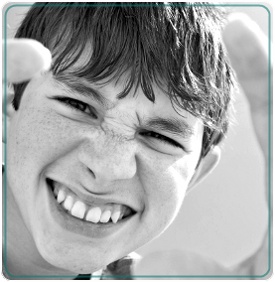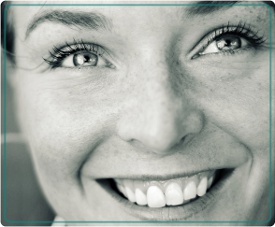The Importance of Face-to-Face Clinical Evaluations
 According to DME MAC A, the Medicare Administrative Contractor for Durable Medical Equipment, more than two-thirds of all claims denied in their latest audit were denied because of issues with face-to-face clinical evaluation documentation.
According to DME MAC A, the Medicare Administrative Contractor for Durable Medical Equipment, more than two-thirds of all claims denied in their latest audit were denied because of issues with face-to-face clinical evaluation documentation.DME MAC A reviewed claims processed between November 2011 and January 2012 for CPAP devices. Of claims that were denied, almost half (46.5%) were missing the required clinical documentation and medical records to support the medical necessity of the device.
"These claims had no Face to Face clinical evaluations from the beneficiaries' medical records. Included in these were no Face to Face evaluations conducted by the treating physicians where the beneficiaries were seeking PAP replacement following the 5 year RUL or when requiring coverage of a replacement PAP upon entering FFS Medicare."
About 20% of the claims that were denied had insufficient clinical documentation to support the medical necessity of the device, such as:
- No detailed narrative describing the presenting symptoms of sleep disordered breathing, daytime sleepiness/fatigue, observed apneas, choking/gasping during sleep; duration of symptoms; or Epworth Sleepiness Scale scores
- The face-to-face clinical re-evaluation failed to demonstrate an improvement in obstructive sleep apnea (OSA) symptoms and that the patient continued to benefit from PAP therapy
- Insufficient clinical documentation for face-to-face evaluations where the patient is seeking PAP replacement or when requesting coverage of a replacement PAP upon entering FFS Medicare
Finally, just over 6% of denied claims were missing the signature and/or date on the face-to-face evaluation and a handful had illegible documents.

Source: Results of Widespread Prepayment Review of Claims for HCPCS E0601, (Continuous Positive Airway Pressure Devices). NHIC, Corp. Retrieved August 20, 2012 from http://www.medicarenhic.com/dme/medical_review/mr_bulletins/mr_bulletin_pca/042012_cpap.pdf
 On August 27, 2012 the American Academy of Pediatrics issued new recommendations for primary care practitioners regarding the diagnosis and management of obstructive sleep apnea syndrome (OSAS) in children and adolescents.
On August 27, 2012 the American Academy of Pediatrics issued new recommendations for primary care practitioners regarding the diagnosis and management of obstructive sleep apnea syndrome (OSAS) in children and adolescents. CPAP (continuous positive airway pressure) can be a very difficult therapy to adjust to. But, with the right attitude and the help of a good support group, it can be made into an easier transition.
CPAP (continuous positive airway pressure) can be a very difficult therapy to adjust to. But, with the right attitude and the help of a good support group, it can be made into an easier transition.